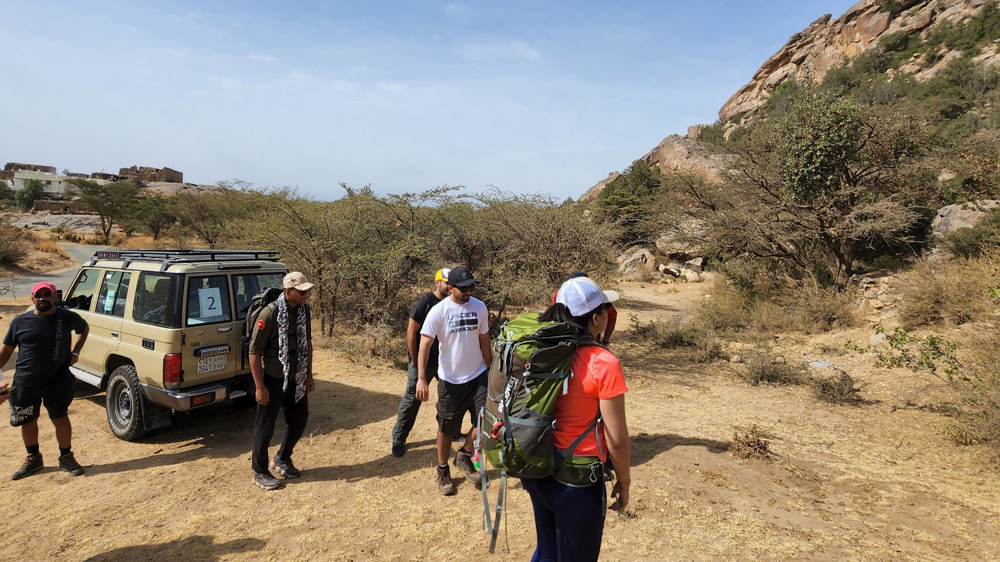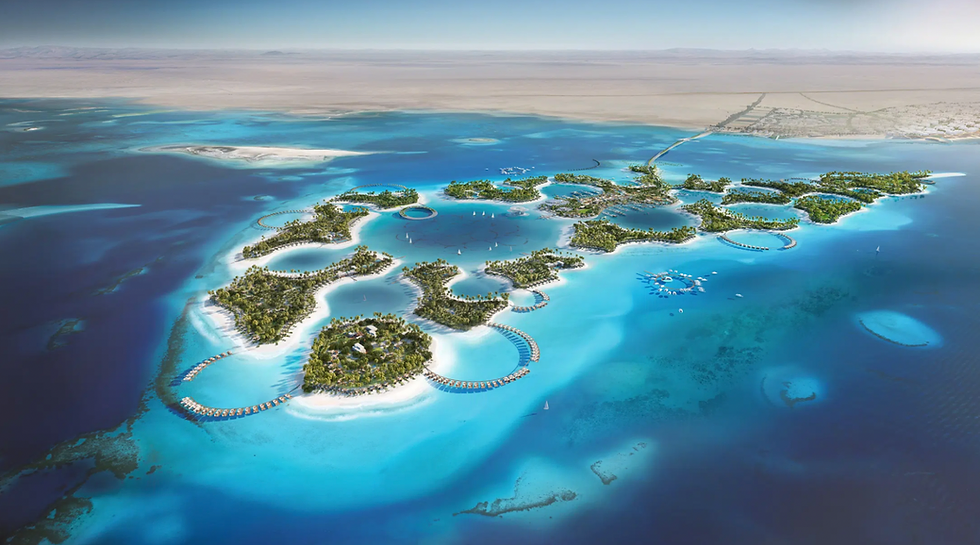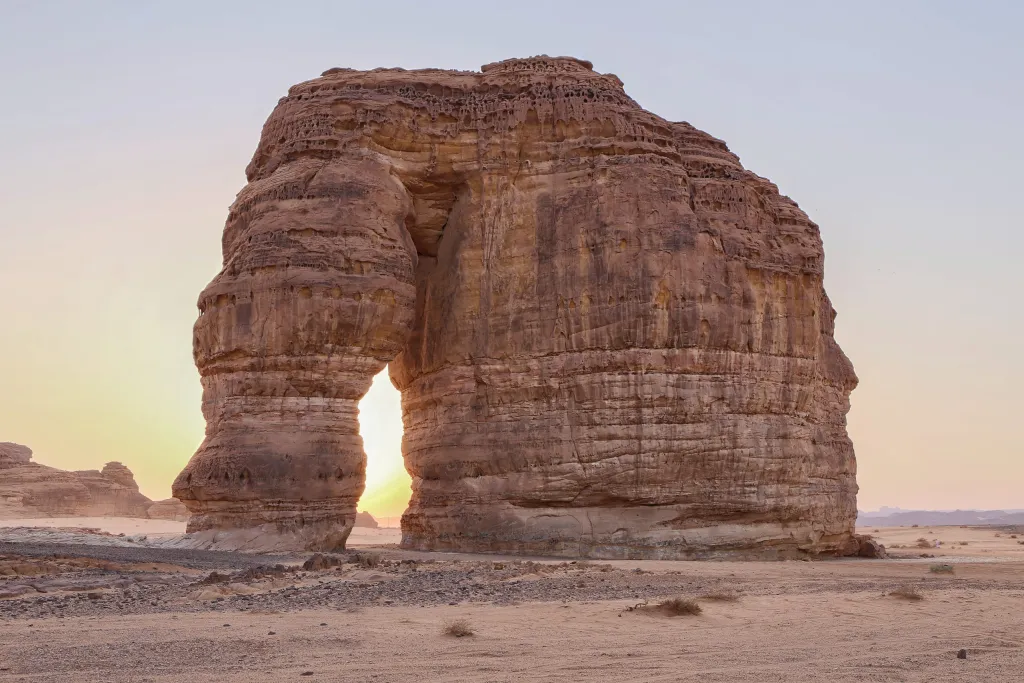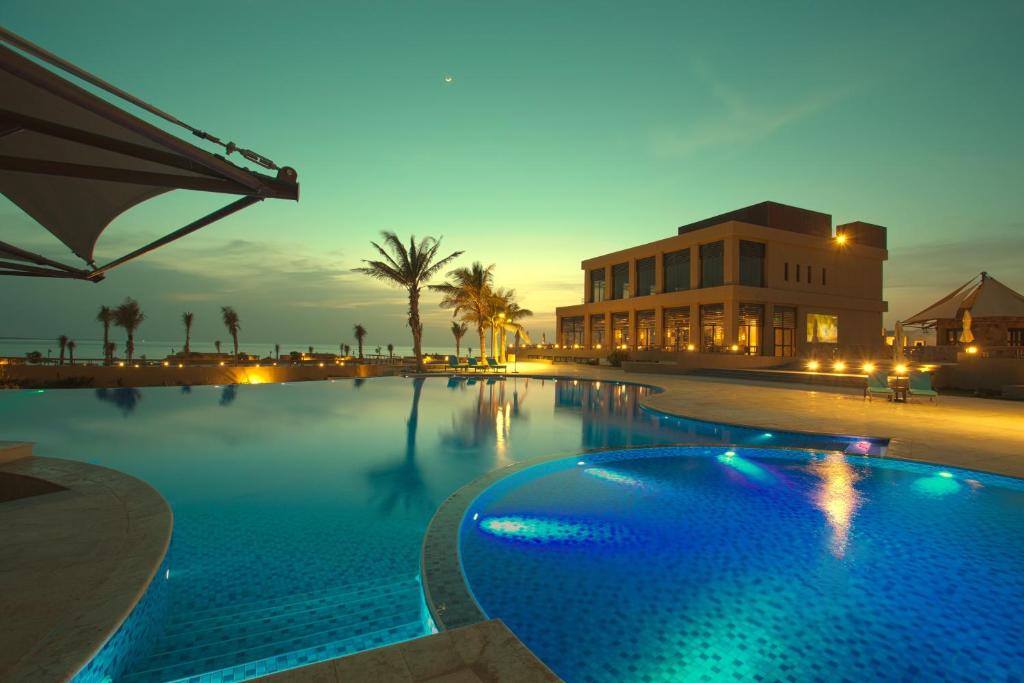Sustainable Travel and Conservation Efforts
Explore the natural wonders of Saudi Arabia while promoting sustainability and conservation. Saudi Arabia, a country known for its rich cultural heritage and vast deserts, is rapidly emerging as a premier destination for eco-tourism. With a commitment to environmental sustainability and conservation, the Kingdom is opening its doors to travelers seeking authentic experiences that harmonize with nature. This blog post delves into the burgeoning eco-tourism scene in Saudi Arabia, highlighting sustainable travel practices, conservation efforts, and the breathtaking natural landscapes that await responsible explorers.
The Rise of Eco-Tourism in Saudi Arabia
A Vision for Sustainable Development
Under Vision 2030, Saudi Arabia’s ambitious plan for economic diversification and modernization, eco-tourism plays a pivotal role. The Kingdom aims to balance development with environmental stewardship, ensuring that tourism growth does not come at the expense of its natural heritage.
- Economic Diversification: Reducing reliance on oil by promoting tourism and other sectors.
- Cultural Preservation: Showcasing the country’s history and traditions while fostering community development.
- Environmental Protection: Implementing policies and projects that safeguard ecosystems and biodiversity.
Government Initiatives and Policies
- Saudi Tourism Authority: Established to promote sustainable tourism practices and regulate the industry.
- Protected Areas Expansion: Increasing the number of national parks and reserves to conserve wildlife habitats.
- Green Regulations: Introducing eco-friendly guidelines for tourism operators, including waste management and energy efficiency.
Sustainable Travel Practices for Visitors
Adopt eco-friendly habits to minimize your environmental footprint while traveling.
Before Your Trip
- Research: Choose destinations and accommodations that prioritize sustainability.
- Pack Responsibly: Use reusable water bottles, bags, and eco-friendly toiletries.
- Carbon Offsetting: Consider offsetting your flight emissions through accredited programs.
During Your Stay
- Support Local Businesses: Engage with community-run tours and purchase locally-made products.
- Respect Wildlife: Observe animals from a distance and avoid disturbing their natural behaviors.
- Conserve Resources: Limit water and energy use; participate in recycling programs if available.
After Your Visit
- Share Responsibly: Promote eco-tourism by sharing your experiences and encouraging others to travel sustainably.
- Provide Feedback: Offer constructive suggestions to service providers on how they can improve their sustainability efforts.
Key Eco-Tourism Destinations in Saudi Arabia
1. Asir National Park: The Green Jewel
Discover lush landscapes and rich biodiversity in Asir National Park.
- Location: Southwestern Saudi Arabia, near Abha
- Highlights:
- Jabal Sawda: Hike to the highest peak in the Kingdom.
- Biodiversity: Home to rare species like the Arabian leopard and a variety of birdlife.
- Cultural Villages: Visit traditional Asiri settlements with unique architecture.
Conservation Efforts:
- Protected Areas: The park is part of a network of reserves aimed at preserving flora and fauna.
- Community Engagement: Involving local communities in conservation and sustainable tourism practices.

2. Farasan Islands Marine Sanctuary: A Diver’s Paradise
Explore vibrant coral reefs and marine life in the pristine waters of the Farasan Islands.
- Location: Red Sea, southwest of Jizan
- Highlights:
- Marine Biodiversity: Snorkeling and diving opportunities to see coral reefs and sea turtles.
- Bird Watching: Habitat for migratory birds like flamingos and osprey.
- Cultural Heritage: Ottoman-era architecture and local fishing traditions.
Conservation Efforts:
- Marine Protection: Regulations to prevent overfishing and coral damage.
- Eco-Friendly Tourism: Promoting responsible diving practices and limiting visitor numbers.
.webp)
3. The Red Sea Project: A Sustainable Luxury Destination
Experience luxury tourism that’s in harmony with the environment at the Red Sea Project.
- Location: Along the western coast between Umluj and Al Wajh
- Overview: An ambitious development focusing on sustainable luxury tourism, set across an archipelago of over 90 islands.
Sustainability Features:
- 100% Renewable Energy: Powered entirely by solar and wind energy.
- Zero Waste to Landfill: Comprehensive waste management systems.
- Conservation Zones: Designated areas to protect critical habitats and species.

4. Al-Ula: Ancient Heritage Meets Natural Beauty
Explore the intersection of history and nature in the stunning landscapes of Al-Ula.
- Location: Northwestern Saudi Arabia
- Highlights:
- Hegra (Madain Saleh): UNESCO World Heritage Site with Nabatean tombs.
- Adventure Activities: Hiking, rock climbing, and zip-lining in scenic canyons.
- Art Installations: Outdoor exhibits blend with the natural environment.
Conservation Efforts:
- Royal Commission for Al-Ula (RCU): Leading conservation and sustainable development initiatives.
- Community Programs: Training locals in eco-tourism and heritage preservation.

Community Involvement and Cultural Preservation
Engage with local communities to support cultural preservation and sustainable livelihoods.
Empowering Local Communities
- Employment Opportunities: Training and hiring locals in tourism and conservation roles.
- Cultural Experiences: Encouraging travelers to participate in traditional crafts, music, and cuisine.
- Education Programs: Promoting awareness of environmental issues within communities.
Cultural Heritage Conservation
- Restoration Projects: Reviving historical sites with sustainable methods.
- Intangible Heritage: Preserving languages, folklore, and traditions through documentation and tourism.
Wildlife Conservation Efforts
Support initiatives that protect Saudi Arabia’s unique wildlife and habitats.
Protected Species and Habitats
- Arabian Leopard Project: Efforts to protect and increase the population of this critically endangered species.
- Bird Sanctuaries: Establishing reserves along migratory routes.
- Marine Life Protection: Safeguarding coral reefs and marine species from pollution and overfishing.
Research and Monitoring
- Biodiversity Studies: Conducting surveys to inform conservation strategies.
- Technology Use: Utilizing drones and satellite tracking to monitor wildlife.
Sustainable Accommodation Options
Eco-Lodges and Green Resorts
- Habitas Al-Ula: An eco-friendly resort integrating sustainability into its operations.
- Sharma Resort: Planned luxury resort with minimal environmental impact.

Sustainable Practices:
- Renewable Energy Use
- Waste Reduction Programs
- Local Sourcing of Materials and Food
Conclusion
Saudi Arabia’s commitment to eco-tourism and sustainable development offers travelers a unique opportunity to explore its natural and cultural treasures responsibly. By prioritizing environmental conservation, community involvement, and sustainable practices, the Kingdom is paving the way for a new era of tourism that benefits both visitors and the environment. As a traveler, your choices can contribute to these efforts, ensuring that the beauty and heritage of Saudi Arabia endure for generations to come.
Set out on an eco-conscious journey through Saudi Arabia’s stunning landscapes and rich heritage. Experience the true essence of responsible travel while making a positive impact on the environment and local communities.
